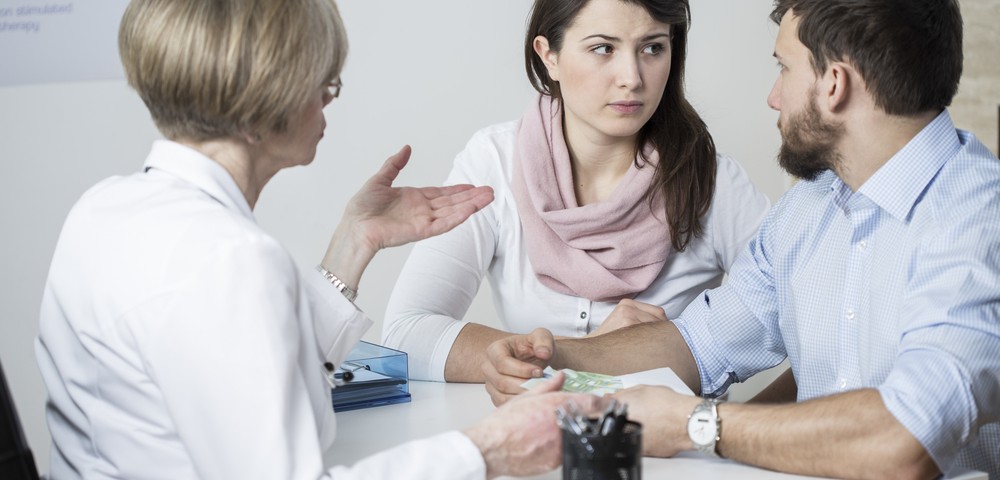I met my partner during a brief but sustained quiet period of her endometriosis. For the first six months of our relationship, I didn’t even really know what endometriosis was, and I definitely hadn’t thought about how it might impact us later on. In fact, the first time she was on her period when we were together and I asked what I could do to help, she told me that her periods were normally fine, that she didn’t really have any bad symptoms and that there was nothing to worry about. Several years later, things are rather different.
Endometriosis now plays a big part in how we live our lives, the things we do and the choices we make. From mundane tasks like grocery shopping to discussions about our future life, we must always factor in endo. What dinner can we quickly grab from the shop that doesn’t trigger pain? Can we afford to buy more expensive natural products to avoid flare-ups? If we travel, will health insurance cover a ruptured cyst? Can we move to a house if there’s no specialist hospital nearby?
These are real questions and real concerns that don’t always have easy answers. Compromises are made on both sides, and a balance may need to be struck between managing endo and doing things that make us happy. Often these are the same thing, but sometimes they are not.
Chronic conditions like endo play a part in the lives of those around the person suffering, albeit to a much lesser extent. But because we live our lives in such close proximity to each other presents us with a unique opportunity. We have the opportunity to give strength and support to those we love, and to lift some of the weight from their shoulders. This can be done in simple ways, through small gestures like taking on your partner’s share of the cleaning, being flexible with plans, and being around to talk when you are needed.
Sounds simple ― and it is ― but it will take patience and understanding. I’ve had to take on a lot more, do some things less than I would like, and really change my idea of what I thought our relationship would be like. But put in perspective, I realize that these sacrifices are minor and necessary. They have a positive impact on the physical and mental health of the person I love.
Going forward with this column, I will write about some of the things I do to support my partner, some of the strategies we use to cope with endometriosis, and some of the things we have learned together along the way. I hope that by sharing these experiences, we can help other couples or families share the burden of chronic illness.
As the partner of someone with a chronic illness, I have a significant role to play in how she manages her condition, and I may influence how her condition improves or deteriorates over time. This is time spent together ― socializing together, eating together, making plans together. Lifestyle adjustments are some of the most accessible treatment options for a lot of people with chronic conditions, but they cannot be carried out alone. If we truly share our life with someone, we must be willing to make lifestyle changes ourselves.
We are in a position to offer consistent and powerful support to our partners, but it takes patience, resilience, and sacrifice. Luckily for us, we don’t have far to look for inspiration.
***
Note: Endometriosis News is strictly a news and information website about the disease. It does not provide medical advice, diagnosis, or treatment. This content is not intended to be a substitute for professional medical advice, diagnosis, or treatment. Always seek the advice of your physician or other qualified health provider with any questions you may have regarding a medical condition. Never disregard professional medical advice or delay in seeking it because of something you have read on this website. The opinions expressed in this column are not those of Endometriosis News or its parent company, BioNews Services, and are intended to spark discussion about issues pertaining to endometriosis.


